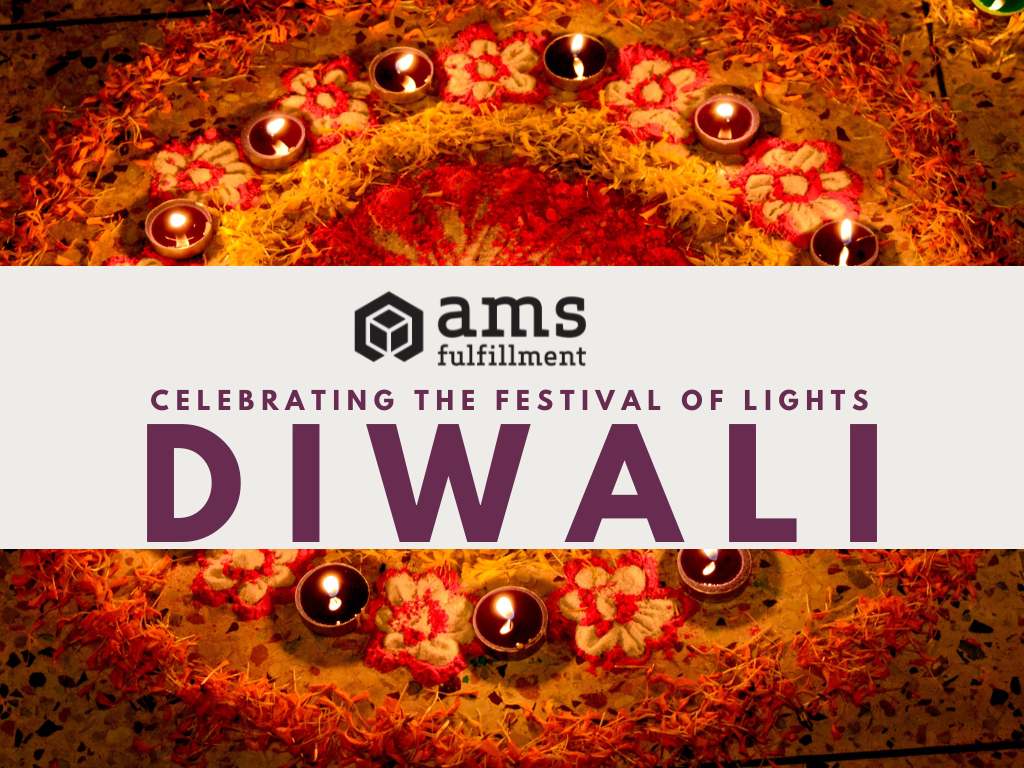
We will soon be enjoying Thanksgiving and Christmas, and we love these family-oriented holidays at AMS. But as we celebrate, we ask what are other Peoples, of differing cultures and religions in other countries, celebrating during this Fall to Wintertime period? Learning about each other is one of the best ways we know to ‘B The Change’ we want to see in the world.
On Sunday the 12th we saw the largest ever Diwali celebration at the White House. That inspired us to look at one of the most enjoyable festivals in our diverse world – the Hindu celebration called the Festival of Lights, Diwali or Deepavali. This writing is for those of us who are not familiar with the holiday, and the information is primarily from the India Times website.
Diwali is a five-day festival that usually falls in October or November, depending on the lunar calendar. It is celebrated from November 12th to November 16th this year. It is celebrated across America and hopefully more than a few of us have been able to see the Diwali fireworks display and enjoy some parts of these celebrations.
The Festival of Lights is celebrated not only by people of the Hindu religion, but also by Jains, Sikhs, and Buddhists. It is focused primarily on a Goddess named Lakshimi, who represents prosperity and wealth. When people celebrate, it is Lakshimi’s blessing that is sought. The Festival of Lights is for Her – the giver of prosperity.
What happens on the Five Days?
The first day of Diwali is called Dhanteras. The Lord Dhanvantari is worshipped on this day, and he is the god of medicine and health. This first day is an auspicious day to buy gold and silver, items of jewelry or perhaps table utensils.
Choti Dawali is the name of the second day, and it is also known as Kali Chaudas. On this day people take an early morning bath and light oil lamps, called diyas, and candles to ward off evil spirits. They spend the day cleaning the house. Old and unwanted things in the house are sorted out and gotten rid of. This day there are both a god and a goddess worshipped – Goddess Kali and Lord Hanuman.
The third day, November 14th is called Diwali, and it is the main event of the festival. This is the day that the Goddess Lakshimi is worshipped, as we say, the goddess of wealth and prosperity. The people wear new clothes on Diwali and the households and businesses will be illuminated with oil lamps and candles.
The fourth day of Diwali is named Govardhan Puja and it is also known as Annakut. This is the day when the Lord Krishna is worshipped. The celebrants make generous amounts of food, vegetables and different grains, and the food is an offering to Lord Krishna.
The final day of Diwali is called Bhai Dooj. It is dedicated to the bond between sisters and brothers. In the households, the sisters apply the vermillion mark, called tilak, on their brother’s forehead and they pray for his wellbeing. In return, the brothers give their sisters gifts.
Quoting from the India Times, a bit of the history of Diwali:
“The origins of Diwali can be traced back to ancient Hindu mythology. According to legend, Lord Rama, the seventh incarnation of Lord Vishnu, returned to his kingdom of Ayodhya after defeating the demon king Ravana. The people of Ayodhya welcomed Lord Rama by lighting diyas (earthen lamps) and decorating their houses with rangolis (colored patterns). This event is believed to have occurred on the day of Amavasya (new moon day) in the Hindu month of Kartik, which is why Diwali is celebrated during this time.
“Deepavali: This term is commonly used in South India and in some Southeast Asian countries with a significant Indian population. ‘Deepavali’ is the original Sanskrit name of the festival, where ‘Deepa’ means ‘lamp’ or ‘light,’ and ‘Avali’ means ‘a row’ or ‘a series’. It refers to the rows of lamps and lights that are lit during the festival to symbolize the victory of light over darkness and good over evil.”
Victory of Light over Darkness
We hope that all celebrants enjoy this wonderful festival celebrating the victory of light over darkness, good over evil, and knowledge over ignorance. Like Thanksgiving and Christmas, this celebration has many rich traditions and cultural practices. Once again from the Times we list some key aspects of Diwali tradition and culture:
– The lighting of Lamps and Fireworks
– Puja (Prayers) and Worship
– Exchange of Gifts and Sweets
– Traditional Attire
– Family Gatherings and Festive Feasts
– Diwali Fairs and Cultural Performances
– Charity and Philanthropy
The lights of the Festival of Lights represent our own inner light, protecting us from spiritual darkness. It is a wonderful time for families and friends to come together to exchange gifts and share delicious sweets and delicacies.
This [LINK] is a brief and enjoyable video about Diwali.
To all celebrants, have a wonderful Festival of Lights!



